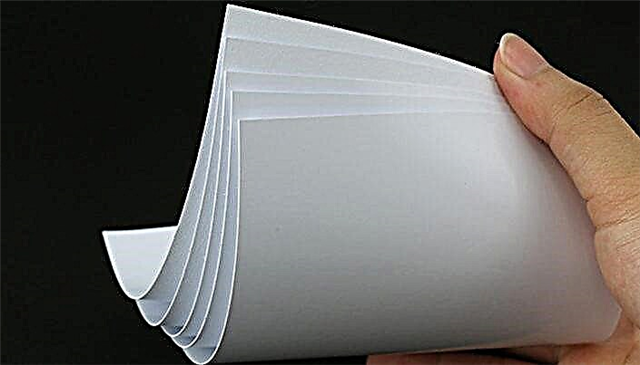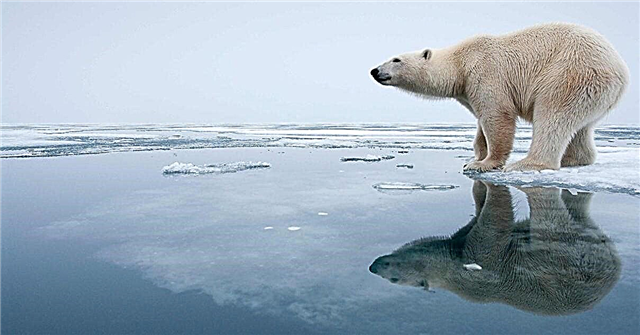
Air is an integral part of our life. I wonder if scientists carried out experiments on weighing the air and did they bring any results?
Does air have weight?
This question can be definitely answered: air is a mixture of gases, therefore it cannot be weightless. 98% are nitrogen and oxygen, the remaining 2% are other gases. In turn, each component of air consists of atoms and molecules - the smallest particles.
Is it possible to prove that air has weight? To do this, just a simple experiment. It is necessary to inflate two balloons to the same size and tie them with a thread to the ends of a regular pencil located horizontally. In this position, the structure will keep balance, since the weight of the two balls is the same.
At the next stage, it is necessary to pierce one of the balls - the pencil will immediately change its position due to the advantage, because air is released from one ball. This experience proves that air has weight.

Interesting fact: The weight of the air changes with height - in the mountains it is lighter, but on the flat areas it is heavier. This is due to the fact that with increasing height it becomes more rarefied. This means that the pressure decreases, the amount of oxygen and other substances decreases. That is why it is harder to breathe in the mountains. Near water bodies, the air is heavier due to the greater number of drops of water in it.
The air surrounding us forms the earth's atmosphere and is subjected to gravitational attraction.Therefore, it exerts a certain pressure on the surface of the earth. The air density is 1.2 kg / m³.
Studying air in the past
For the first time, the presence of atmospheric pressure was proved by the scientist Evangelista Torricelli, a follower of Galileo Galilei. In 1643, he conducted an experiment with mercury. I used a 1 m long tube that I completely filled with mercury. One end of the tube had an open hole, and the other a sealed hole.
Torricelli also involved another vessel with liquid metal. He lowered the meter tube with an open hole into the vessel. Mercury began to leak, but this process stopped at around 760 mm.
It became apparent that some force exerted pressure on the surface of the mercury in the upper part of the vessel. So it was proved that air has weight, the mercury tube became the prototype of the barometer. A 760 mm mercury column is now considered normal atmospheric pressure at a temperature of 0 ℃.
How to find out the weight of the Earth’s atmosphere?
So, it was revealed that for every square centimeter of the Earth’s surface, air presses with a force of about 1 kg. Visually, you can imagine every such centimeter in the form of an air column. The atmospheric shell of the planet is also called the air ocean. Thus, the atmosphere consists of a huge number of such pillars.
It remains to find out how much cm² is contained on the surface of the planet. This information is known - the Earth’s surface is 510 million km² or 51 x 10⁷ sq. km 1 km contains 1010 square centimeters.

It turns out that 51 x 107 x 1010 = 51 x 1017 cm2 Is the number of air posts on the entire surface of the planet.The same amount corresponds to the weight of all air on Earth in kilograms or 51 x 1014 in tons.
Interesting fact: if air presses with great force on each person, then why in this case does this pressure remain imperceptible? The fact is that in our body there is also air, which provides resistance and equalizes pressure.
To prove that air has weight is not difficult with the help of simple experiments. It consists of various gases, and those of atoms and molecules, like any substance. Gravity attracts the atmosphere of the Earth, so there is the concept of atmospheric pressure. On a plot of 1 cm2 air presses with a force of 1 kg. If you make simple calculations, given the entire surface of the globe, then the weight of all the air on the planet is 51 x 1014 tons












